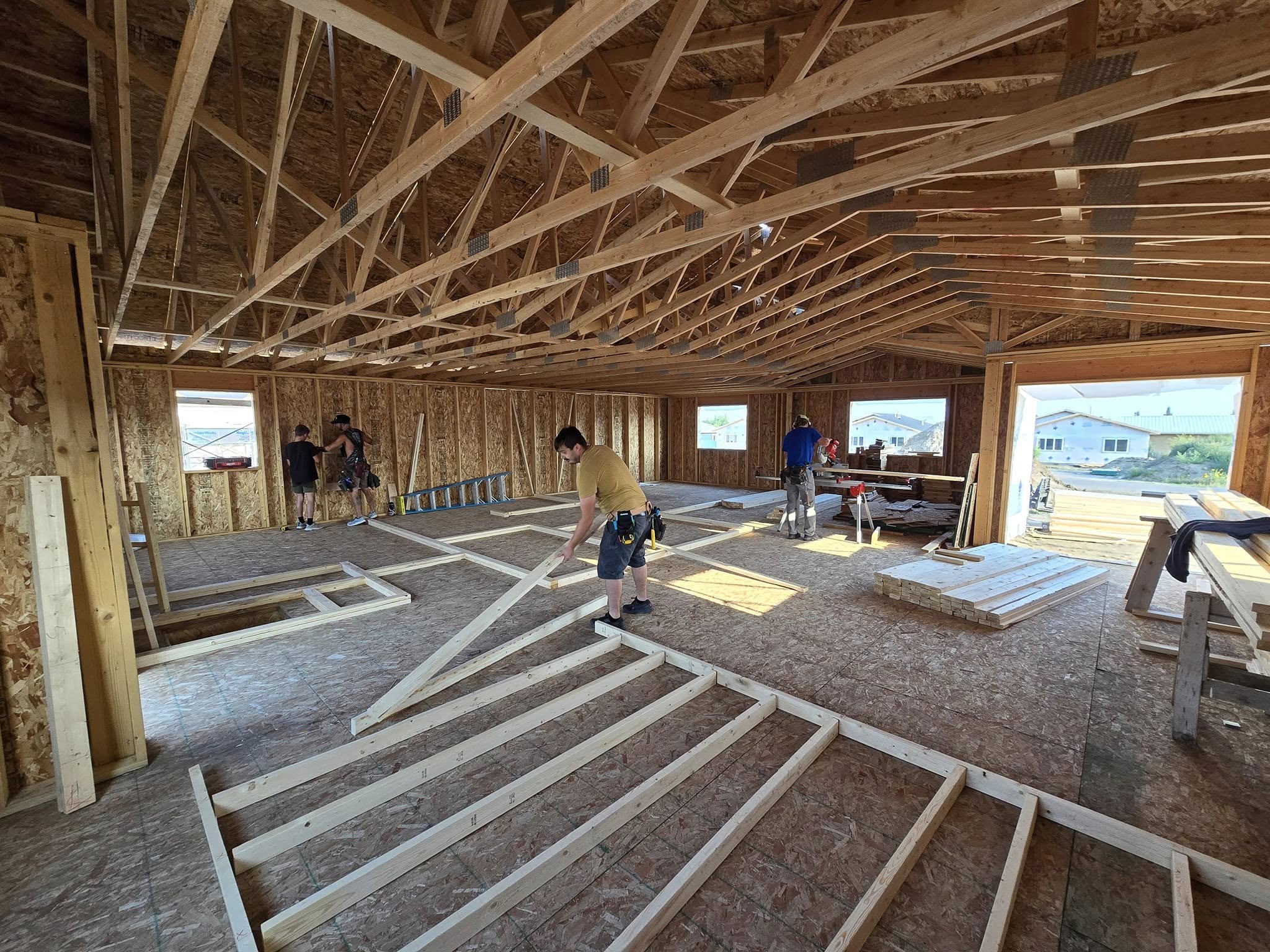Mark Calabria, the director of financial services regulation at the libertarian think tank Cato Institute, said recently that while “there are disagreements over the diagnosis of the [housing] problem, there are areas where people can come together and get a few things done.” His comments, spoken at this year’s annual National Community Reinvestment Coalition conference, were offered up on a panel that included ex-Fannie Mae CEO Franklin Raines, Diane Thompson, who has represented low-income homeowners and serves as counsel at the National Consumer Law Center, and Joe Smith, the former North Carolina banking commissioner who was appointed monitor for the recent attorneys general foreclosure settlement.
While a constructive working relationship between that panel’s members is yet to be seen, the new issue of Shelterforce, “Strange Bedfellows: Can Capital Markets Serve Neighborhood Stabilization?“ examines some of the real collaborations taking place on the ground between seemingly disparate actors and how those partnerships can translate into lasting stability.
In this issue “We look at the community development field as players in a marketplace who might have some points of commonality, or even partnership, with private equity firms, hedge funds investing in real estate, or for-profit developers scooping up foreclosed homes to turn to rentals,” writes Miriam Axel-Lute, Shelterforce editor.
Axel-Lute continues in her editor’s note:
As this capital enters our neighborhoods, it is time to not only organize, but to also step up and participate in the market, bringing our field’s strengths, connections, and know-how to make sure new investment doesn’t just wash further equity away from the places that have suffered the most. Though we come to the table as strangers (how often do you make deals with hedge funds?), we should do it not as supplicants, but as peers, and potential partnerships.”
So while collaborating on policy goals from 30,000 feet could surely tack a national narrative in a much-needed positive direction, many of these still-nascent collaborations could provide relief to communities hit hardest by this ongoing crisis.
-
- Capital Markets and Neighborhood Stabilization: Axel-Lute offers an overview of how the community development world came to consort with Wall Street;
- Distressed Mortgages for Sale: George Ostendorf, president of the Chicago-based American Mortgage Capital Group, LLC, looks at opportunities for partnerships between nonprofit and for-profit investors as foreclosed properties flood the auction block.
- Going Upstream: Axel-Lute takes a look at how some groups are taking matters into their own hands.
- Interview with Ocwen CEO Ron Faris: As many in the field now know, Ocwen has emerged as something of a loan modificaition trailblazer by way of its innovative Shared Appreciation Modification program. In this interview, Faris discusses why loan mods produce the best outcomes for the homeowners and investor.
- Stabilizing Urban Neighborhoods: Q&A with Elyse Cherry: The Boston Community Capital director talks about the community development financial intermediary’s Stabilizing Urban Neighborhoods program.
- The Hard Part: Axel-Lute and Matthew Brian Hersh, Shelterforce senior editor, report on several of the innovative approaches taken around the country to reclaim REO at a scale that ultimately protects neighborhoods.
- Tackling the Challenge of Scattered-Site Rentals: What are the challenges of managing scattered-site single-family rentals for nonprofit housing groups? How do those groups that do it successfully pull it off? Kat Aaron reports.
- Banking on Neighborhood Stabilization: Dan Kildee of the Center for Community Progress looks at how land banks are being used as tools that keep vacant properties from hampering revitalization efforts.
- Relaxing the Credit Crunch: Three years after the financial meltdown, credit remains elusive in underserved communities, reports Matt Chapuran. But now, at a time when reliance on credit scores is greater than it has been in a decade, housing activists and community leaders are calling for other ways to assess credit risk.
- A Blueprint for Responsible Homeownership: In Massachusetts, the SoftSecond Loan Program, a collaborative program between the banking industry and the state government serves lower-income first-time homebuyers by giving lenders “skin in the game” while moving past the credit risk retention debate. Judy Jacobson, deputy director and general counsel of the Massachusetts Housing Partnership reports.
- Interview with Sister Lillian Murphy: The Mercy Housing CEO speaks with Shelterforce about finding the nexus between housing and healthy living and staying true to mission while making sound business decisions.
- Occupy and Community Organizing: How has the Occupy movement interacted with the work of community organizers and housing and neighborhood advocates? This expanded Organize! column includes perspectives from Michael Kane of the National Alliance of HUD Tenants, Steve Meacham of City Life/Vida Urbana, and Mark Winston Griffith of the CUNY Graduate School of Journalism.
- Recovering from the Recovery: Kalima Rose, director of the PolicyLink Center for Infrastructure and Equity looks at Land of Opportunity, the Luisa Dantas-directed film that offers a critique of the post-Katrina recovery by following the struggles of eight people over five years.
Finally, we want to hear from you! We encourage you to leave comments in the comments area at the bottom of each article.




Comments